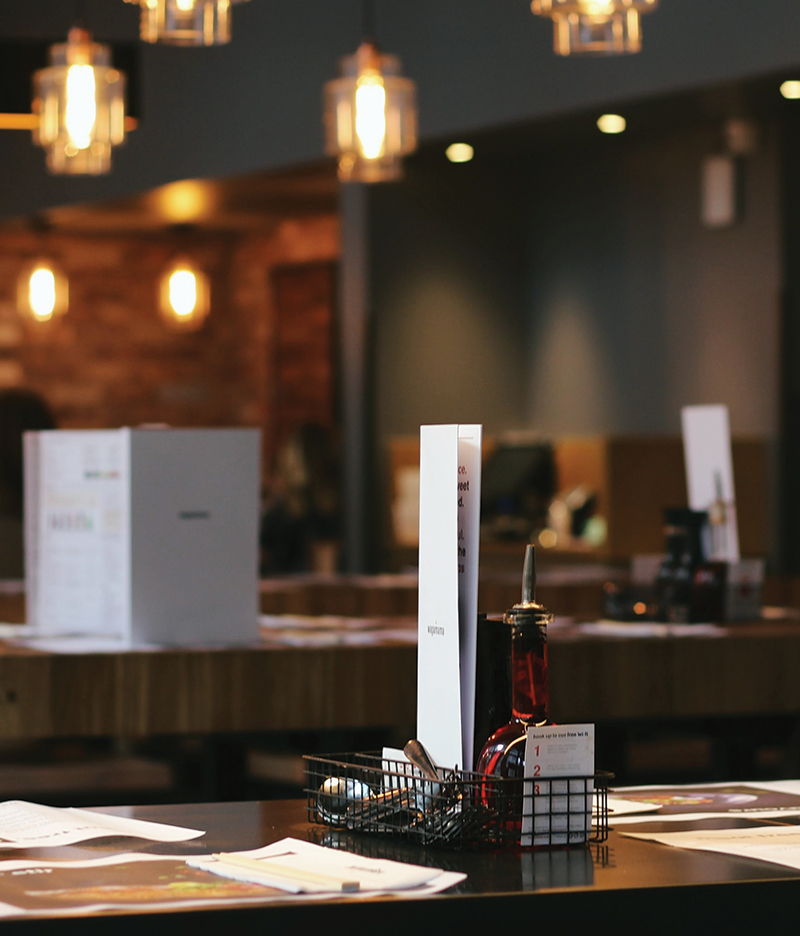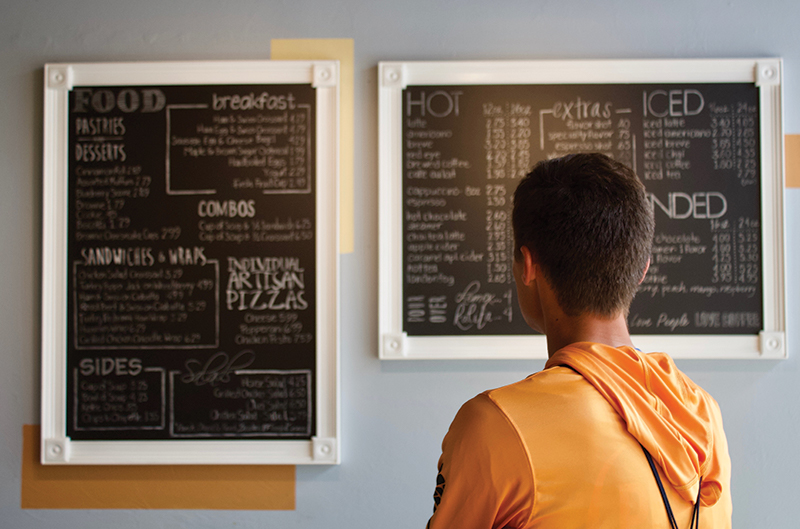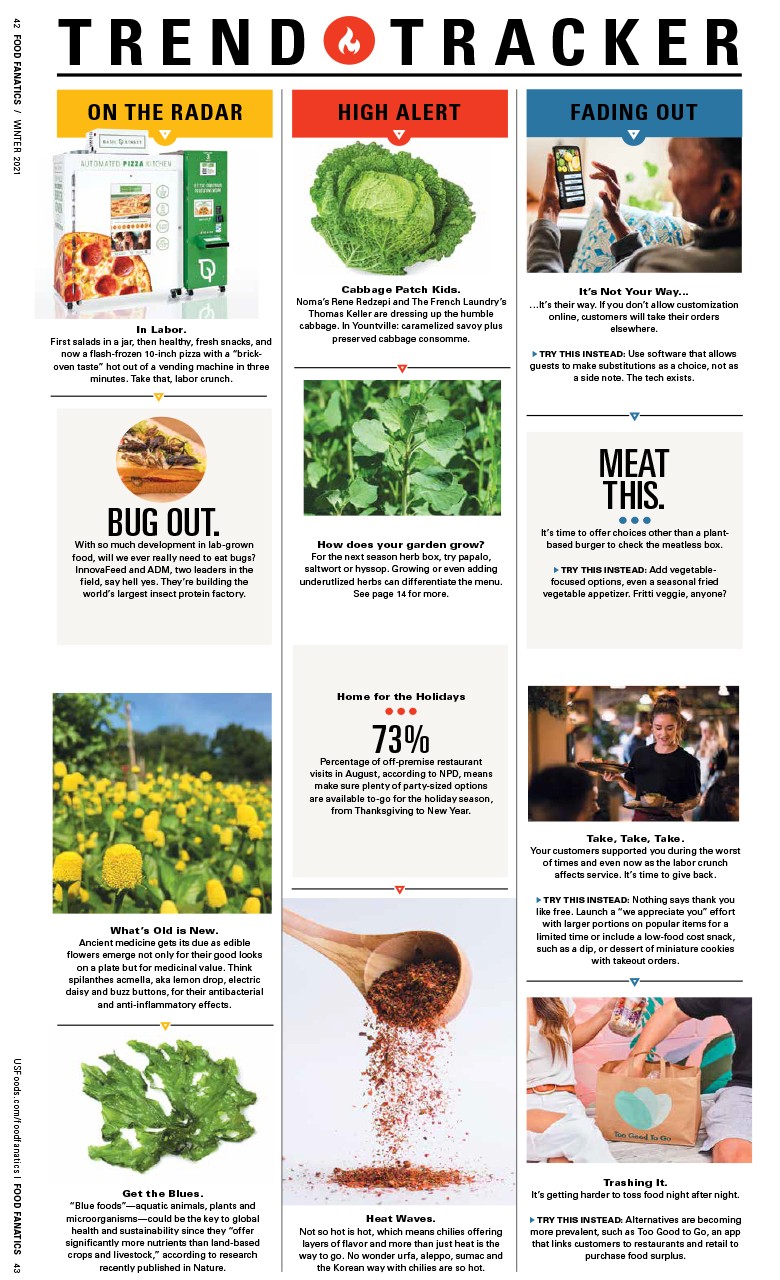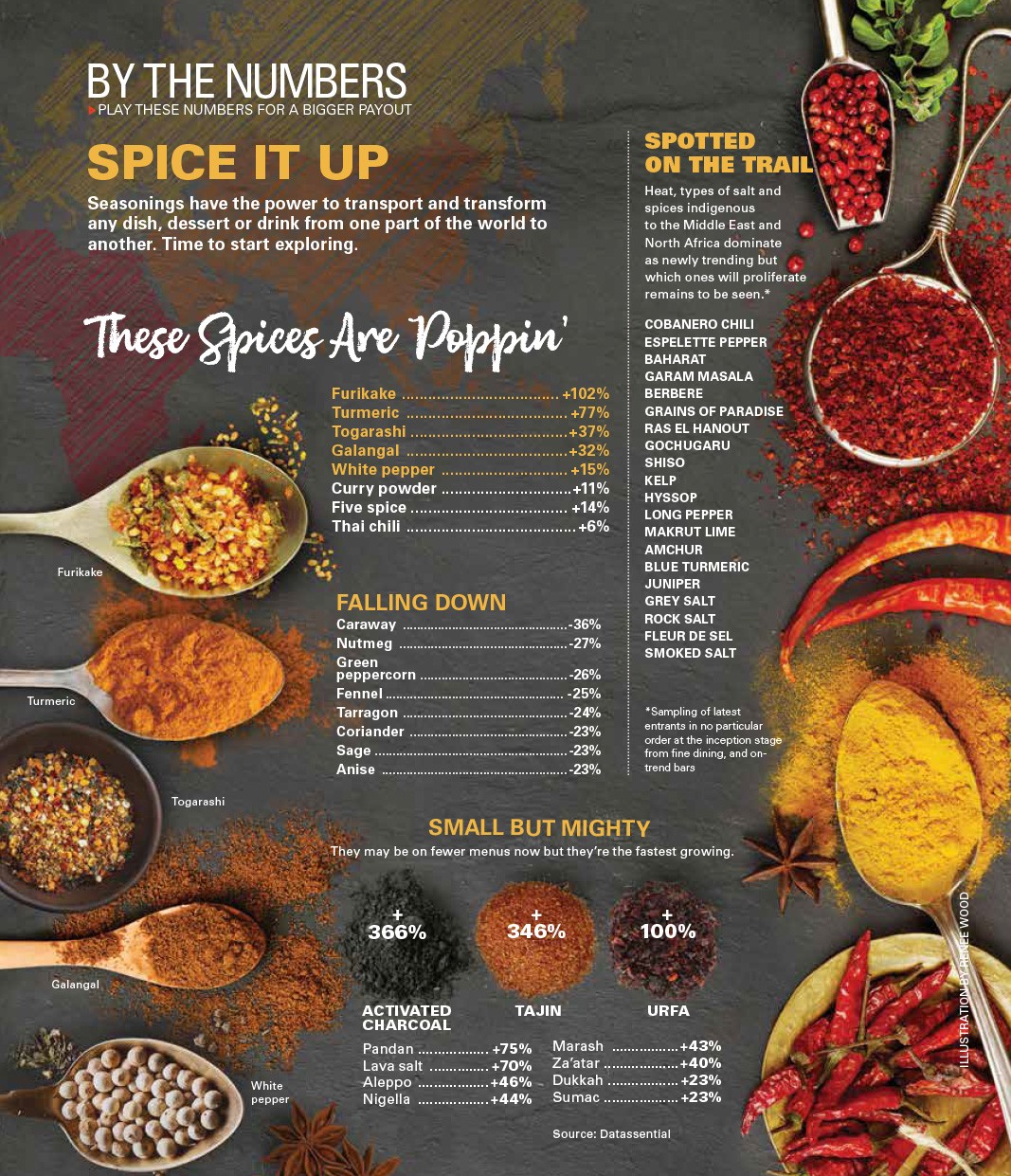Flex your Menu Muscle
Strategic pricing can benefit the bottom line
 Dynamic pricing is getting renewed attention as restaurateurs look for ways to strengthen the business after the fallout of COVID-19.
Dynamic pricing is getting renewed attention as restaurateurs look for ways to strengthen the business after the fallout of COVID-19.
30-Second Synopsis to Dynamic Pricing
Changing prices – whether it’s a takeout menu, reservation deposits, prix fixe experiences or certain dishes – is like any other strategy to better margins.
❱ Consider the season. Higher demand times can mean lowering prices when a seat won’t go empty or staying the course. It depends on your goals. Track the results of your price changes, and adjust seasonally
❱ Be consistent. Keeping menus simple and easy to predict will enhance a customer’s dining experience
❱ Allow supply and demand to drive pricing. If supply is greater than demand, offer free reservations via text messages, which also encourages communication. If supply is equal to demand, decrease your no-show rate by charging nominal deposits equal to your margins. If demand is greater than supply, consider full prepayment of certain experiences
Also known as flexible and variable pricing, the method of changing prices, like lowering costs of prix fixe meals on slow evenings, bumping up prices during weekends or simply charging a higher deposit for a Friday and Saturday night reservation, has been practiced for years. But given the revenue loss from the pandemic, could flexible pricing be a way to recover and bank on ongoing profitability?
 To some, dynamic pricing may initially seem bittersweet. Contrary to opinions that it only benefits the customer or the business, those who use the practice say the goal is to place customer pleasure hand-in-hand with restaurant profit. Nick Kokonas, co-owner and co-founder of The Alinea Group in Chicago, says that the two work in tandem.
To some, dynamic pricing may initially seem bittersweet. Contrary to opinions that it only benefits the customer or the business, those who use the practice say the goal is to place customer pleasure hand-in-hand with restaurant profit. Nick Kokonas, co-owner and co-founder of The Alinea Group in Chicago, says that the two work in tandem.
“When restaurants employ variable pricing, the two tranches that are booked first are the least and most expensive experiences. Then the middle sells out. Consumers who are price conscious buy up the less expensive seats and those who really want prime times or premium experiences also buy those up. Both are happy,” he says. These models also allow for “better margins, less food waste, more efficient labor and fewer no shows,” Kokonas says, suggesting flexible pricing as an environmentally conscious option as well.
Jason Bond, chef/owner of Bondir in Cambridge, Massachusetts, echoes both sentiments. Using higher price points brings in more customers who are open to a particular dining experience and that the restaurants’ ability to craft a specially priced menu allows for the “use of products that they may have had too few of to offer on a regular menu. Customer satisfaction and minimal waste are both achieved.”
Other industries have been practicing dynamic pricing, like a rise in airline tickets over the holidays or costlier tickets for front-row seats on Broadway.
Perhaps it’s a matter of shifting expectations. To make up for the cut taken by third-party delivery apps, many operators price all or many items up to $2 higher, a price that began in earnest during the pandemic. Like any service, it’s justified as the price to pay if customers want it badly enough. The window for reshaping the industry is still open, making the remainder of the year an opportune time for operators to make changes, such as dynamic pricing.
“There’s been discussions about models to even things out (post-pandemic), just like they do in airlines,” Bond says. “Most of us want even pacing from 5 to 9 p.m., and nothing going to waste.”
 To execute, establishing consistency and expectations are essential. “There’s only so much mystery we can ask customers to accept and still go out … they usually want to know what they are going to pay before they commit,” Bond says. There’s a difference between beneficial variations in pricing and annoying inconsistencies with menu pricing, often leading a customer to question the quality of a product. Be careful to not accidentally agitate a customer with the intention of increasing the quality of their experience, Bond adds.
To execute, establishing consistency and expectations are essential. “There’s only so much mystery we can ask customers to accept and still go out … they usually want to know what they are going to pay before they commit,” Bond says. There’s a difference between beneficial variations in pricing and annoying inconsistencies with menu pricing, often leading a customer to question the quality of a product. Be careful to not accidentally agitate a customer with the intention of increasing the quality of their experience, Bond adds.
The customer needs to feel comfortable knowing what they will be paying, whether it’s a to-go order, a prix fixe meal or dining in. The price of food is only one part of the experience. Stating on the website the restaurants’ pledge for safety, for example, is still relevant, as well as a renewed promise of customer satisfaction and remedying any concerns or complaints.
Tracking sales daily and reviewing seasonally will help with adjustments to accommodate unexpected slower dayparts or in-demand weeks. Lowering menu prices during slow times can be pitched as seasonal specials or a way of showing customer appreciation. Few diners will complain if deposit requirements disappear for weekend reservations.
For restaurateurs hesitant about flexible pricing, Kokonas and others suggest equating a night out at a restaurant to a sports game or a concert. Reframe a dining experience as something capable of providing entertainment, allowing strategies of one industry to work for another.
Regard pleasure and profit as two parallel lines running alongside each other. Kokonas pointedly views restaurants as a “part of our cultural fabric,” something that has taken on a new importance to the world, transcending pricing strategies entirely.



